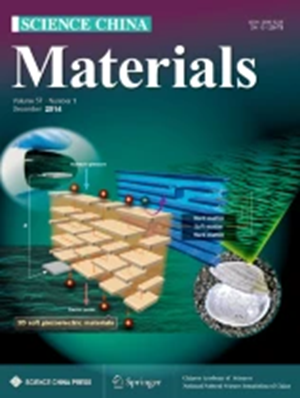Funnel-shaped precursor engineering for high-performance flexible perovskite photodetectors
Abstract
Flexible photodetector (PD) arrays have the potential to replace the rods and cones in the retina, converting external light signals into electrical signals and offering hope for blind patients to regain vision. However, issues like discontinuous electrode surfaces and incompletely crystallized perovskites can cause cracks and degrade the performance of flexible PDs during repeated bending, hindering their development and applications. In this study, we employ a combination of radio frequency magnetron sputtering and angular ion beam polishing to achieve an ultrathin, ultrasmooth platinum (Pt) electrode film (UTPF) with a thickness of less than 10 nm. Building on this, a vapor deposition method with dynamically regulated evaporation rates is developed to obtain a dense-gradient PbI2 precursor. This funnel-shaped vertical structure precursor facilitates the penetration of CH3NH3I solution, ultimately resulting in a dense and uniform perovskite film with large grains and strong interfacial bonding with UTPF. The results indicate that the flexible PD arrays exhibit excellent optoelectronic performances, characterized by high sensitivity, detectivity and a large on/off current ratio. Furthermore, benefitting from their exceptional flexibility and electrical stability, the devices retain 92.53% of the original photocurrent after 4000 bending cycles at large angles. Notably, the integrated 10×10 flexible PD arrays demonstrate good uniformity in dark current and photocurrent, along with high imaging resolution, showing the reliable imaging capabilities of the flexible arrays and their potential applications in artificial retina.

 求助内容:
求助内容: 应助结果提醒方式:
应助结果提醒方式:


